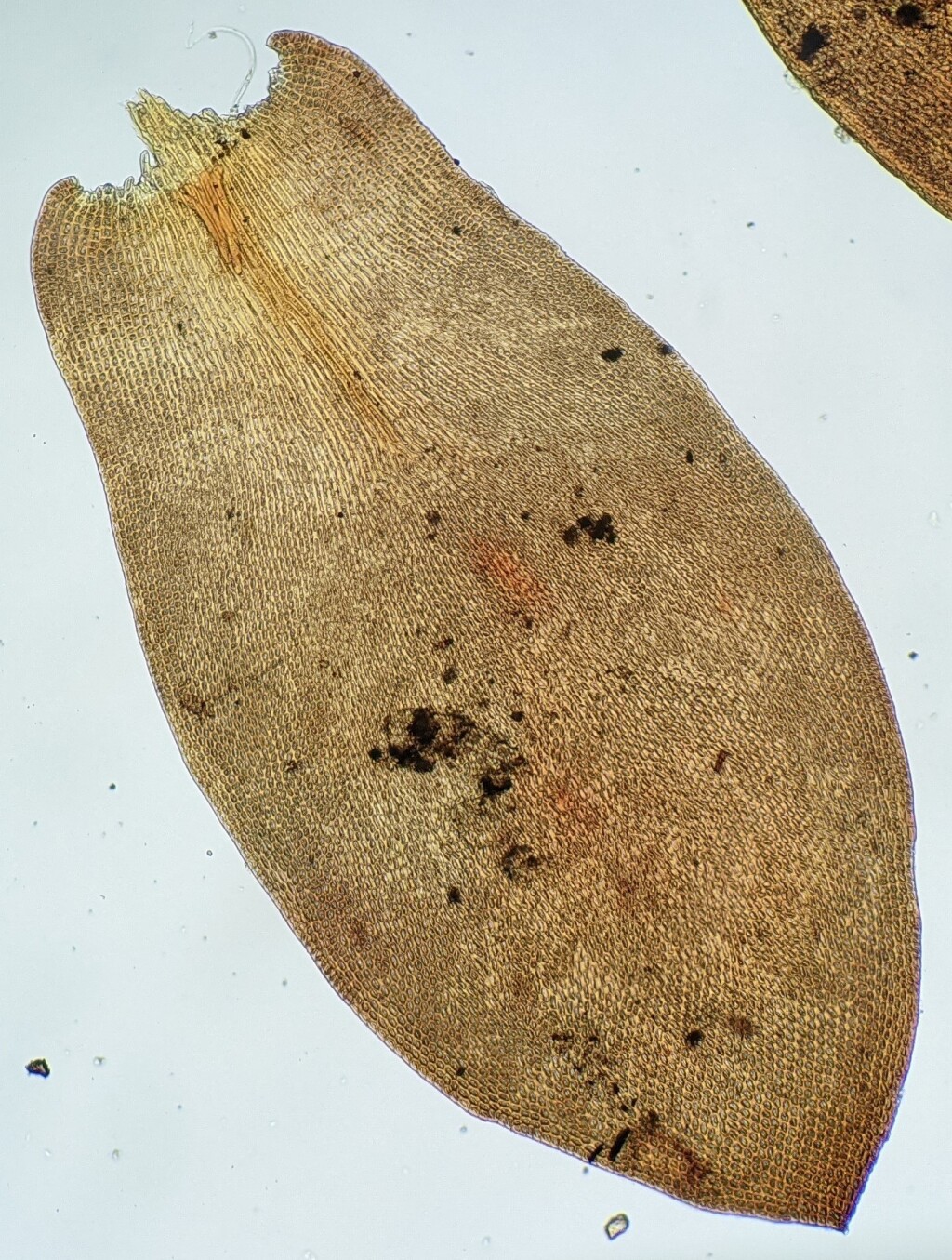Andreaeaceae
Autoicous or dioicous. Asexual reproduction rarely by filamentous gemmae borne on leaves (not in Victoria). Protonemata thalloid. Cushions, turves or mats on acidic rocks, black or blackish with hues of purple, green, bronze, brown or orange. Stems erect, irregularly branched, bearing rhizoids at base, central strand absent. Leaves spirally arranged, monomorphic, wide-spreading to erect-spreading when moist, often secund, scarcely altered to appressed when dry; costa absent or present and extending from ½ leaf length to apex or slightly excurrent (not in Victoria); apices rounded to acuminate, sometimes subulate; margins without a border; cells isodiametric, quadrate or short-rhombic throughout or rectangular to elongate at base in middle and sometimes towards margins, papillose or smooth; alar cells absent. Acrocarpous. Perichaetial leaves differentiated from vegetative leaves or not, sheathing or not (not in Victoria), convolute or not. Seta absent. Capsule exerted or emergent on a pseudopodium composed of gametophytic tissue, erect, symmetric, ellipsoid, ovoid or cylindric (not in Victoria), dehiscing by usually 4, rarely up to 12 (not in Victoria) longitudinal slits. Calyptra tiny, mitrate, often falling early. Peristome absent.
Monotypic family with 50–75 species worldwide but most diverse in cool-temperate regions (Murray 2006); 10 species in Victoria.
The Andreaeaceae are a distinctive family readily distinguished from other Australian mosses by their capsules that dehisce via longitudinal slits. These capsules are elevated on gametophytic tissue called a pseudopodium and so do not have a seta, which is part of the sporophyte. The resemblance of the capsules when fully dehisced to some lanterns has given rise to the common name, lantern mosses often being used for this family. When not bearing capsules the dark blackish colouration of the plants is also distinctive, especially among mosses that also occur on rock in exposed areas.
The Andreaeaceae and the North American Andreaeobryaceae, which also has valvate capsules but unlike Andreaea are elevated on a seta, form one of the earliest diverging lineages of mosses (Chang & Graham 2011, 2014). The Sphagnales and Takakia are the only other lineages to have diverged earlier (Chang & Graham 2011, 2014).
 Spinning
SpinningChang, Y.; Graham, S.W. (2011). Inferring the higher-order phylogeny of mosses (Bryophyta) and relatives using a large, multigene plastid data set.. American Journal of Botany 98: 839–849.
Chang, Y.; Graham, S.W. (2014). Patterns of clade support across the major lineages of moss phylogeny.. Cladistics 30: 590–606.
Murray, B.M. (2006). Andreaeaceae. Flora of Australia 51: 108–123.


